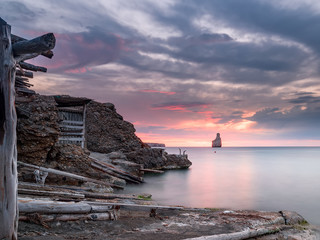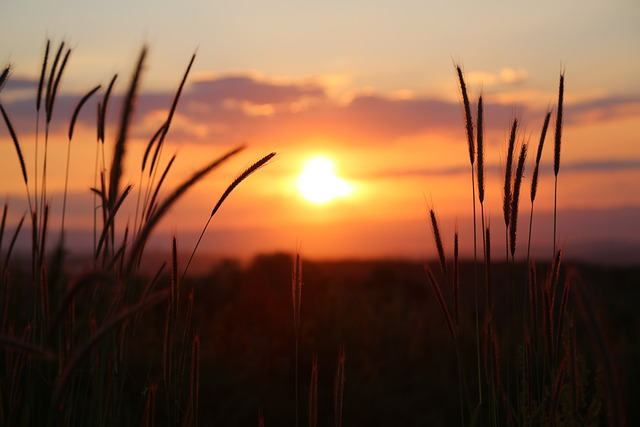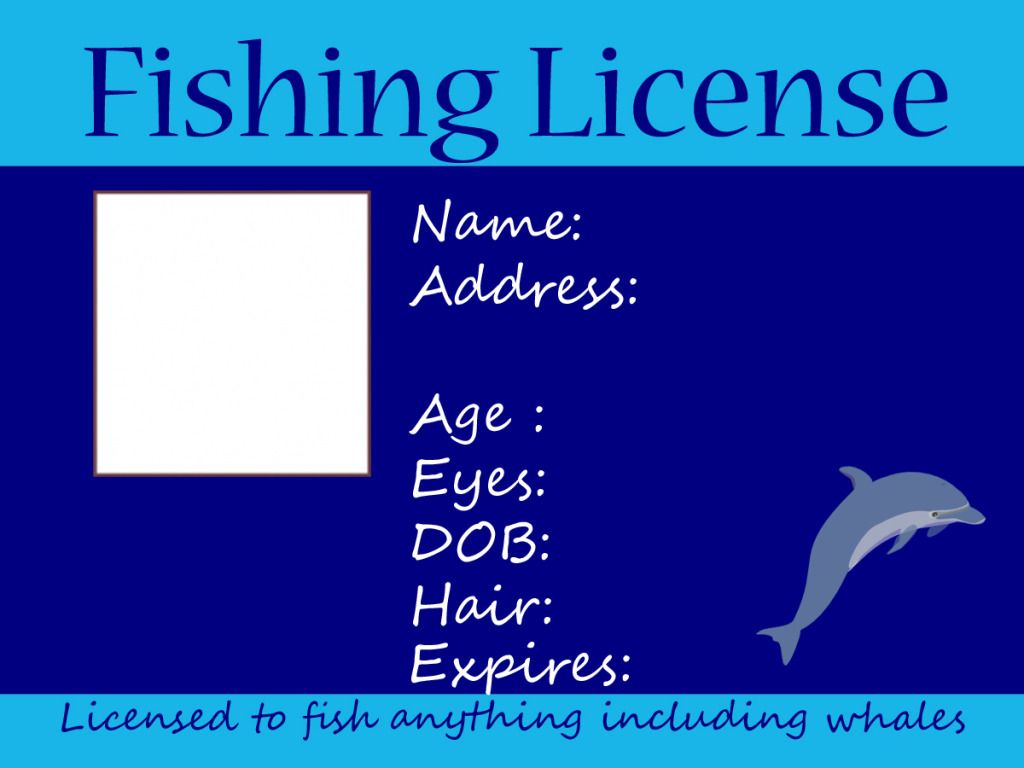What is first light?

As a fisher or even a hunter, a lot of your fishing or hunting activities revolve around the sun. The sun has lots of influence over your activities and the time you can have your outings. The gravitational pull from the moon, sun, and earth determines the tidal currents of the waters and this in turn impacts your outing. When the sun rises and sets determines how you fish and hunt as well. Knowing the difference between first light vs sunrise is essential to you in a lot of ways. For one, it keeps you within the law. So what is first light and what is sunrise? Are they the same? Are they mere synonyms or are there significant differences between them that can determine how you fish and hunt? Read on to find out.

First light and sunrise
The first light is what it is, the first light you see in the morning. This does not necessarily mean you can start fishing, as the focus during first light is often on achieving optimal conditions for visibility. Sunrise is when you see the sunrise. You have sunrise when you first see the sun. The moment the sun emerges from the horizon, it is sunrise. And when the sun returns and sinks below the horizon, you know you have a sunset.
First light occurs before the sun is visible on the horizon. The sun’s reflection on the earth’s atmosphere appears as light even when the sun is not yet visible on the horizon. It is the same refraction that causes light to linger even when the sun has gone down and is no longer visible on the horizon.
To know when exactly is sunrise and sunset, you can consult the timetable for that. You can also consult weather websites. Many channels will give you reliable sunrise and sunset times.
How first light and sunrise affect you
As stated earlier, the sun holds a lot of influence over your fishing activities. It can determine when you can fish. Planning your fishing activities around the exact time of sun rise can help you maximize your experience and take advantage of the best conditions. As such, it is advantageous to know about first light and sunrise as an angler. Here is how this knowledge helps you:
- It helps you keep to the law. In some regions, some laws restrict legal fishing and hunting to a specific time of the day. If the law says you can start fishing or hunting a half hour before sunrise and sunrise in your location is 7:34 am, then you will be acting within the law if you hunt by 7:04 am.
- It helps you to avoid accidents. If you do not understand that the first light is not the same as the sunrise, you might set out to go fishing or hunting before it is sunrise. This can cause accidents as you might not see clearly to aim for games. Accidents of this nature usually attract severe penalties because it is inexcusable in the face of the law. And in this situation, ignorance may not be an excuse that can save you.
- The time of day you fish can determine the tactic to apply. If you are familiar with the mornings and the waters you are fishing in, you will know what gear is appropriate and how to approach your fish games.
- It helps you choose where to fish or hunt. In some places, you are allowed to fish all night while in others, there are restrictions. Knowing that some places have restrictions regarding sunrise and sunset will help you choose a location where you can fish at any time you like. If you are aiming for games that are better caught early in the morning or very late in the night, you will choose a location with no restrictions at those times.
Frequently Asked Questions
What does first light and sunrise mean?
The first light, as it is called, is the first light you see. This does not mean that it is sunrise. Sunrise on the other hand occurs when the sun is visible on the horizon. To explain further, when you can see the sun at sea level, you have the sunrise. When you can see the sun’s illumination in the atmosphere, although it has not made its appearance, it is the first light, which can represent the beginning of a new day.
How long before sunrise is light?
The first light appears about 30 minutes before sunrise. This is not the same as when you can see the sun at sea level, which is sunrise. In some locations, it is legal to fish or hunt at sunrise. You might be acting illegally if you mistake sunrise for first light and set out.
What is the light before sunrise called?
The lights before sunrise are referred to as twilight. This is the time when the reflection of the sun is visible even before the sun rises. During this time of the morning, the atmosphere is not lit to afford you sharp light or object detection nor is it dark like the night. The time after sunset when the atmosphere is still partially lit is also referred to as twilight.
Is sunrise and dawn the same thing?
No. Sunrise and dawn are not the same things. Opinions may vary on the exact definitions, but generally, sunrise and dawn are distinct phases of the morning. Sunrise occurs when the sun rises from the horizon. That is, you can see the sun because it is in a parallel position about the horizon. Dawn occurs before sunrise. It is the time when you can see some light because the light from the sun is refracted into the atmosphere. At this time, the sun has not yet risen from the horizon.
Conclusion about First light vs sunrise.
In conclusion, understanding the subtle transitions between astronomical twilight, morning twilight, and the moment of sunrise is crucial for anyone engaging in early morning activities. Astronomical twilight, a period when the sun is between 12 and 18 degrees below the horizon, offers a unique blend of darkness and the first hints of light, setting the stage for what many refer to as the false dawn. This phase, while still too dark for most activities, gradually transitions into morning twilight, where the sky begins to brighten significantly, leading up to civil dawn. Civil dawn, marked by the sun being 6 degrees below the horizon, provides enough light to conduct activities without the need for artificial lighting, heralding the approach of sunrise.
For instance, the official release of the James Webb Space Telescope’s first scientific images occurred on Tuesday, 12 July 2022, marking a significant milestone in astronomical observations.
The summer solstice, with its earliest sunrises and extended daylight, shifts these timings, offering longer periods of light and altering the experience of dawn. During this time, the phases of dawn, especially the transition from false dawn to full daylight, become more pronounced and vibrant. The presence of light during these early hours, even before the sun peeks over the horizon, eliminates the need for artificial lighting, allowing the naked eye to appreciate the natural beauty of the surroundings.
The phenomenon of false dawn, often mistaken for the early onset of daylight, serves as a reminder of the complex interplay between light and the Earth’s movements. As we move from the totally dark skies of astronomical twilight to the subtle glow of morning twilight, and finally to the full brightness of sunrise, we witness a daily cycle that influences not just our activities but also our perception of the natural world around us. This cycle, culminating in the moment of sunrise, offers a daily renewal, a promise of a new beginning that is both inspiring and grounding.
Factoids:
Nautical twilight is a term used to describe the time of day when the sun is between 6 and 12 degrees below the horizon. During this time, the sky is still relatively bright, but the horizon is difficult to distinguish. The nautical twilight is a good time for navigators at sea to take celestial sights, as the horizon is still visible but the sun’s glare is not as strong as it is during the day. It is also a good time for outdoor activities such as fishing, hiking, and photography. When you are on a fishing charter and the captain says it is about to be Nautical Twilight get your cameras ready and you might hear it too.
Nautical dawn occurs during the blue hour, just before astronomical dawn and the start of the civil twilight period. During the nautical dawn, the sky begins to lighten and the horizon becomes visible, but the sun is still below the horizon. The blue hour is a term used to describe the period just before sunrise or just after sunset when the sky is bathed in soft, blue light. It is a popular time for photographers, as the low light and cool colors can create some stunning images. As the nautical dawn transitions into the astronomical dawn, the sun is still below the horizon but it is beginning to approach it. The civil twilight period begins when the sun is less than 6 degrees below the horizon and continues until sunrise or sunset.




